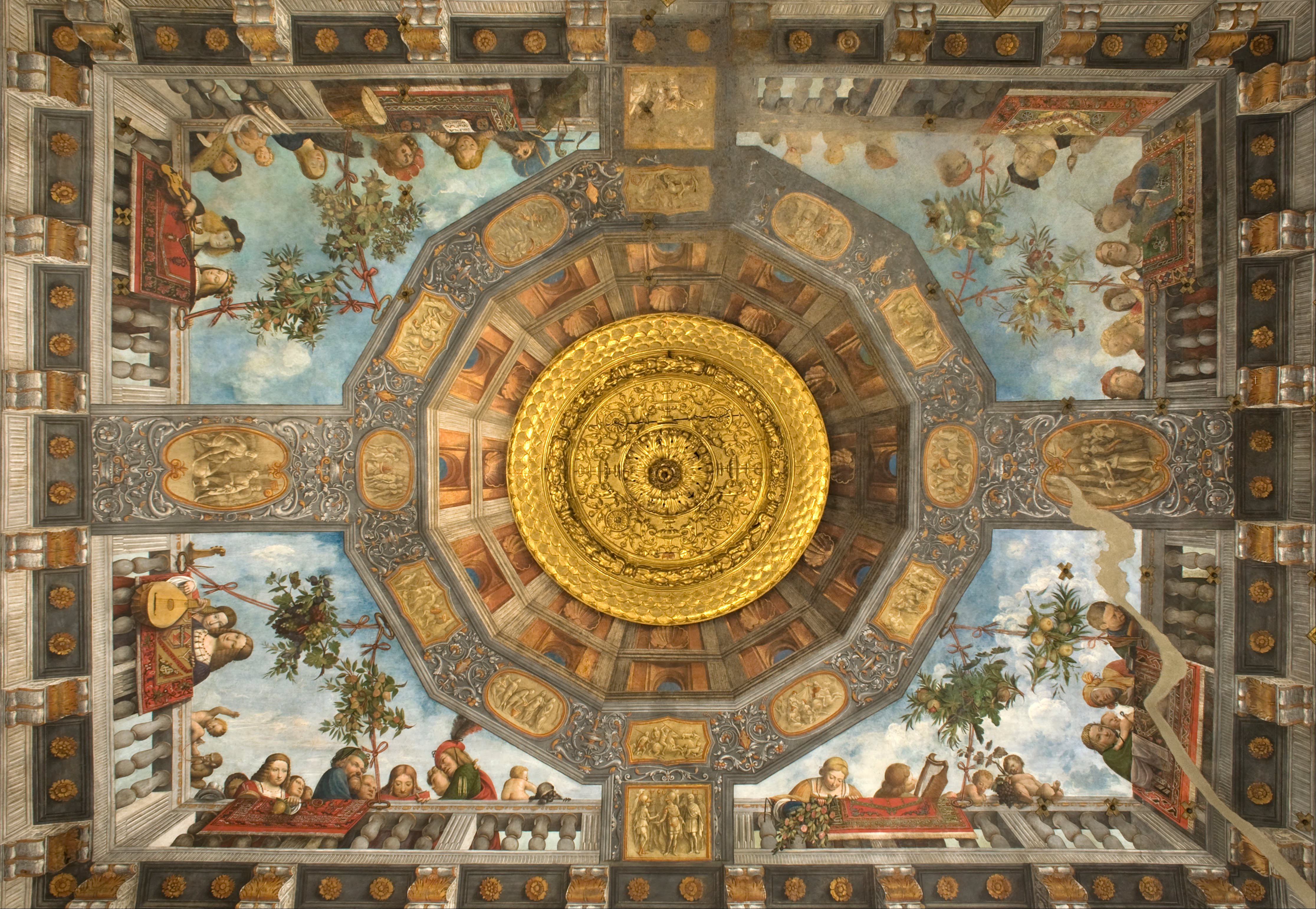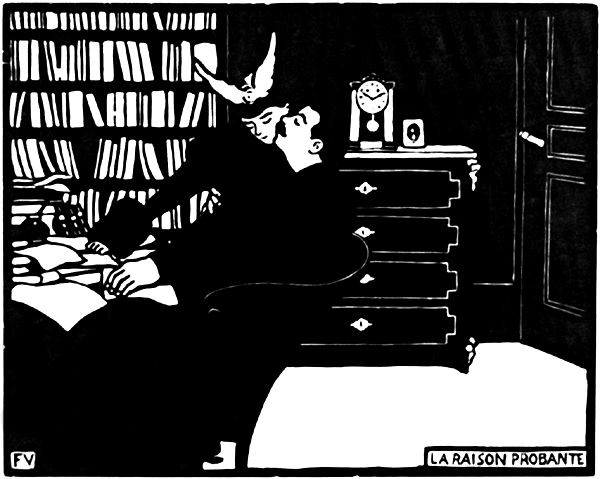|
Flipped Image
A flipped image is a static or moving image that is generated by a mirror-reversal of an original across a horizontal axis, making the image upside-down. In contrast, a ''Flopped image, flopped'' image is mirrored across the vertical axis, as in a conventional mirror image.Ron Brinkmann"The Art and Science of Digital Compositing: Techniques for Visual Effects" Morgan Kaufmann Publishers (2008), pp. 132–3. ...shows examples. Photography Many large format cameras present the image of the scene being photographed as a flipped image through their viewfinders. Some photographers regard this as a beneficial feature, as the unfamiliarity of the format allows them to compose the elements of the picture properly without being distracted by the actual contents of the scene. The technique is meant to bypass or override the brain's visual processing which normally sees what is expected rather than what is there. Flipping is occasionally used as a ''trompe-l'œil'' effect in scenes which ... [...More Info...] [...Related Items...] OR: [Wikipedia] [Google] [Baidu] |
Flopped Image
In photography and graphic arts a flopped image is a static or moving image that is generated by a reversal of an original image across a vertical axis, as in a conventional mirror image. This is opposed to a ''flipped image'', which means an image reversed across a horizontal axis. Flopping can be used to improve the subjective aesthetic appeal of the image in question. Use in advertising There are two main uses in advertising, one practical, and one subjective. On a practical level, images of cars are often flopped to ensure cars look appropriate for left-hand-drive or right-hand-drive markets. This allows the results of a single production shoot to be used across markets, allowing a cost saving. On a subjective level, the direction in which a person is looking or a car appears to be travelling may be regarded as important. When placing a picture on a page of text, it is usual for depictions of people to face into the text, rather than off the page; thus, when compositing a ... [...More Info...] [...Related Items...] OR: [Wikipedia] [Google] [Baidu] |
Mirror Image
A mirror image (in a plane mirror) is a reflection (physics), reflected duplication of an object that appears almost identical, but is reversed in the direction perpendicular to the mirror surface. As an optical phenomenon, optical effect, it results from specular reflection off from surfaces of lustrous materials, especially a mirror or water. It is also a concept in geometry and can be used as a conceptualization process for 3D structures. In geometry and geometrical optics In two dimensions In geometry, the mirror image of an object or 2D geometric model, two-dimensional figure is the virtual image formed by reflection (mathematics), reflection in a plane mirror; it is of the same size as the original object, yet different, unless the object or figure has reflection symmetry (also known as a P-symmetry). Two-dimensional mirror images can be seen in the reflections of mirrors or other reflecting surfaces, or on a printed surface seen inside-out. If we first look at an obje ... [...More Info...] [...Related Items...] OR: [Wikipedia] [Google] [Baidu] |
Reflection Of The Braunschweiger Löwe And Burg Dankwarderode
Reflection or reflexion may refer to: Science and technology * Reflection (physics), a common wave phenomenon ** Specular reflection, mirror-like reflection of waves from a surface *** Mirror image, a reflection in a mirror or in water ** Diffuse reflection, where ray incident on the surface is scattered ** Retroreflection, technology for returning light in the direction from which it came ** Signal reflection, in signal transmission * Elastic scattering, a process in nuclear and particle physics * Reflection nebula, a nebula that is extended and has no boundaries * Reflection seismology or seismic reflection, a method of exploration geophysics Mathematics * Reflection principle, in set theory * Point reflection, a reflection across a point * Reflection (mathematics), a transformation of a space * Reflection formula, a relation in a function * Reflective subcategory, in category theory * Reflection symmetry, the property of being unchanged by a reflection Computing * Reflection ( ... [...More Info...] [...Related Items...] OR: [Wikipedia] [Google] [Baidu] |
Trompe-l'œil
; ; ) is an artistic term for the highly realistic optical illusion of three-dimensional space and objects on a Two-dimensional space, two-dimensional surface. , which is most often associated with painting, tricks the viewer into perceiving painted objects or spaces as real. Forced perspective is a related illusion in architecture. History in painting The phrase, which can also be spelled without the hyphen and Typographic ligature, ligature in English as ''trompe l'oeil'', originates with the artist Louis-Léopold Boilly, who used it as the title of a painting he exhibited in the Paris Salon of 1800. Although the term gained currency only in the early 19th century, the illusionistic technique associated with dates much further back. It was (and is) often employed in murals. Instances from Greek and Roman times are known, for instance in Pompeii. A typical mural might depict a window, door, or hallway, intended to suggest a larger room. A version of an oft-told ancient Gr ... [...More Info...] [...Related Items...] OR: [Wikipedia] [Google] [Baidu] |
Artistic Techniques
Art is a diverse range of culture, cultural activity centered around works of art, ''works'' utilizing Creativity, creative or imagination, imaginative talents, which are expected to evoke a worthwhile experience, generally through an expression of emotional power, conceptual ideas, technical proficiency, or beauty. There is no generally agreed definition of what constitutes ''art'', and its interpretation has varied greatly throughout history and across cultures. In the Western world, Western tradition, the three classical branches of visual art are painting, sculpture, and architecture. Theatre, dance, and other performing arts, as well as literature, music, film and other media such as interactive media, are included in a broader definition of "the arts". Until the 17th century, ''art'' referred to any skill or mastery and was not differentiated from crafts or sciences. In modern usage after the 17th century, where aesthetic considerations are paramount, the fine arts are s ... [...More Info...] [...Related Items...] OR: [Wikipedia] [Google] [Baidu] |
Graphics
Graphics () are visual images or designs on some surface, such as a wall, canvas, screen, paper, or stone, to inform, illustrate, or entertain. In contemporary usage, it includes a pictorial representation of the data, as in design and manufacture, in typesetting and the graphic arts, and in educational and recreational software. Images that are generated by a computer are called computer graphics. Examples are photographs, drawings, line art, mathematical graphs, line graphs, charts, diagrams, typography, numbers, symbols, geometric designs, maps, engineering drawings, or other images. Graphics often combine text, illustration, and color. Graphic design may consist of the deliberate selection, creation, or arrangement of typography alone, as in a brochure, flyer, poster, web site, or book without any other element. The objective can be clarity or effective communication, association with other cultural elements, or merely the creation of a distinctive style. Graphic ... [...More Info...] [...Related Items...] OR: [Wikipedia] [Google] [Baidu] |
Printmaking
Printmaking is the process of creating work of art, artworks by printing, normally on paper, but also on fabric, wood, metal, and other surfaces. "Traditional printmaking" normally covers only the process of creating prints using a hand processed technique, rather than a photographic reproduction of a visual artwork which would be printed using an electronic machine (Printer (computing), a printer); however, there is some cross-over between traditional and digital printmaking, including risograph. Prints are created by transferring ink from a Matrix (printing), matrix to a sheet of paper or other material, by a variety of techniques. Common types of matrices include: metal plates for engraving, etching and related intaglio printing techniques; stone, aluminum, or polymer for lithography; blocks of wood for woodcuts and wood engravings; and linoleum for linocuts. Screens made of silk or synthetic fabrics are used for the screen printing process. Other types of matrix substrates ... [...More Info...] [...Related Items...] OR: [Wikipedia] [Google] [Baidu] |





